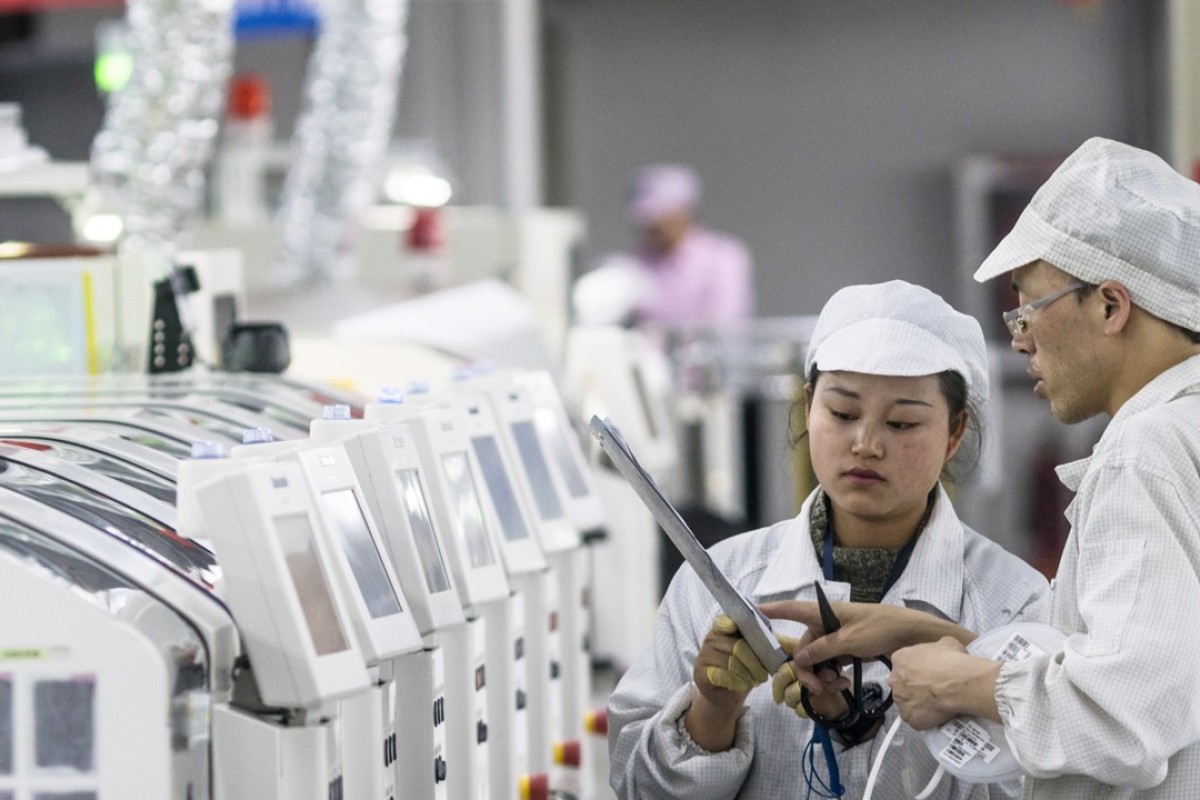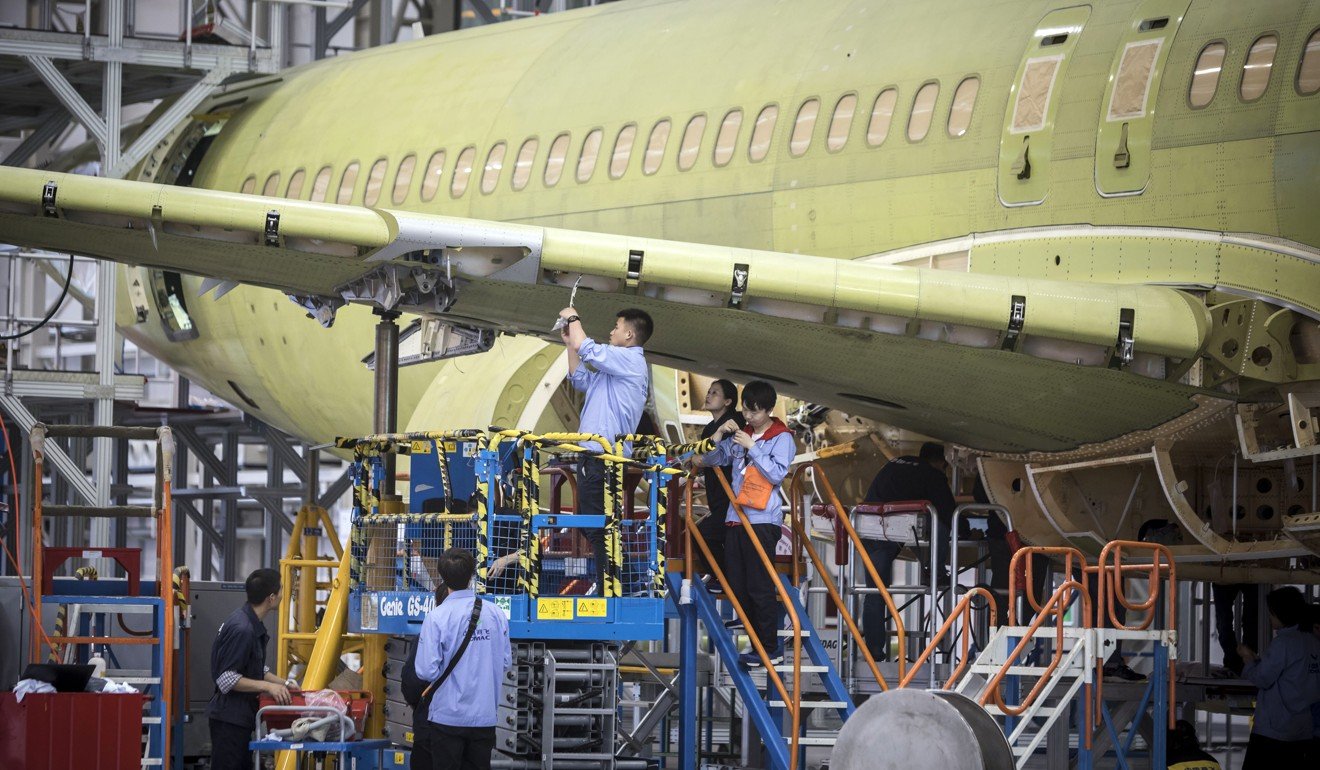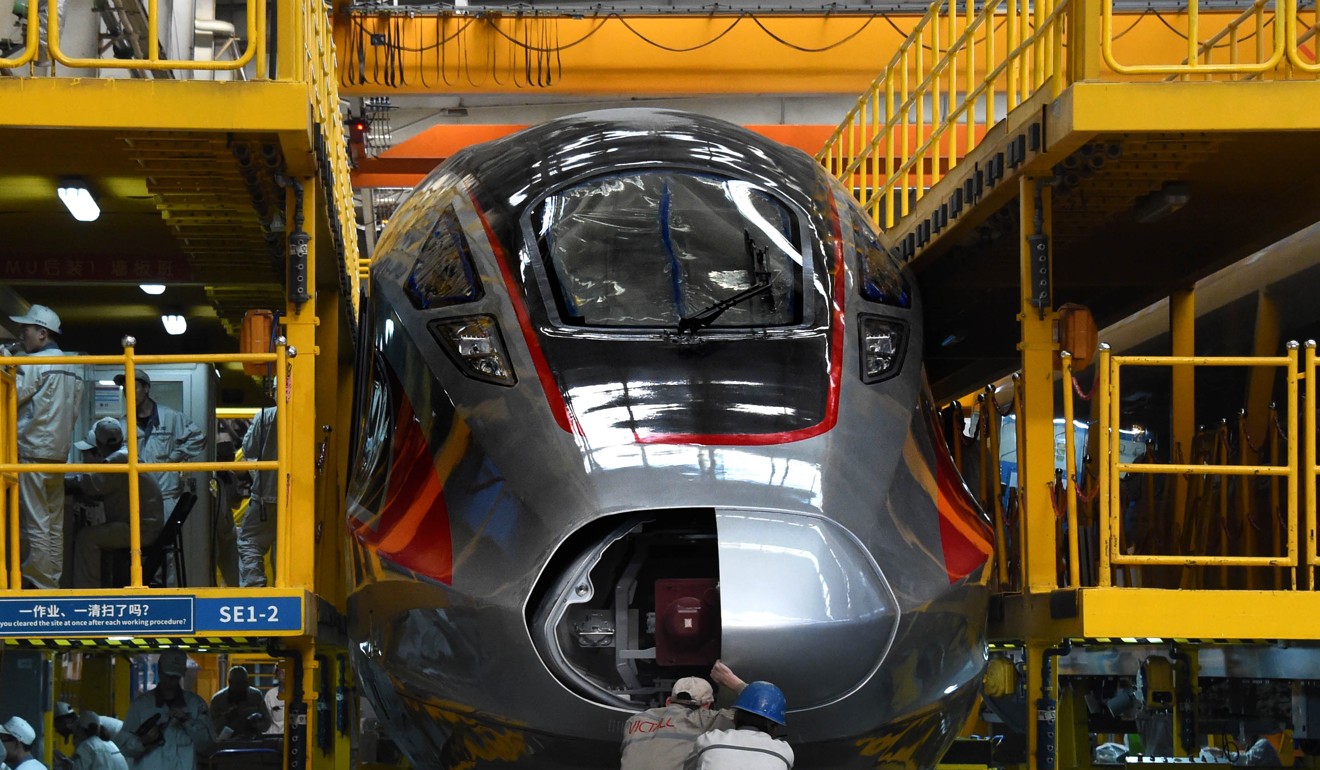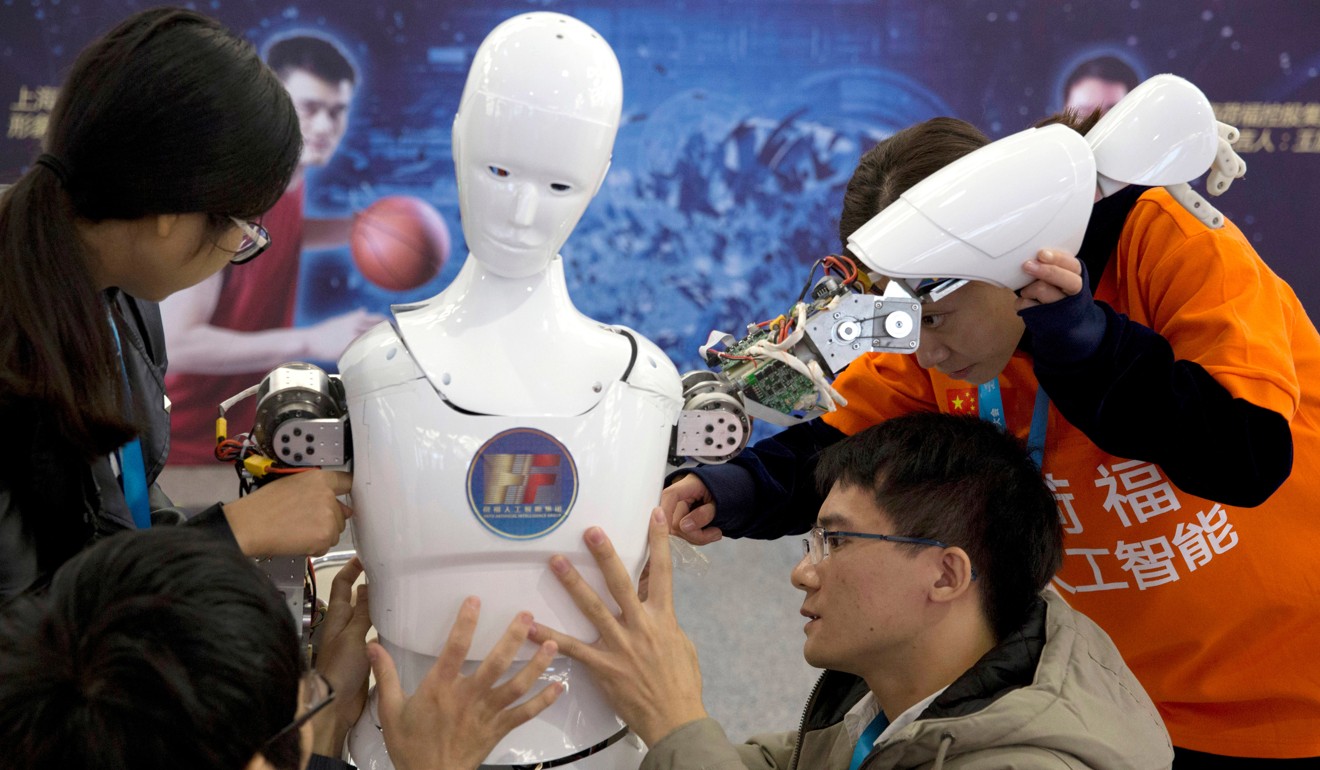BY TOM HOLLAND
 Two weeks ago Abacus examined the extent to which China lags behind the world’s advanced economies in technological innovation, and looked at Beijing’s aim of closing the gap and taking the lead in key emerging technologies. But setting ambitious targets is one thing; achieving them is another thing altogether. So this week, it may be interesting to detail how Beijing has gone about chasing its dream of technological ascendancy, the tools – and weapons – at its disposal and its chances of success. Bundled together as “Made in China 2025”, Beijing’s technology policy has mostly been portrayed by outside observers as an import substitution plan. It is certainly that. For example, in electronics, Beijing wants to sever the dependence of China’s manufacturers on semiconductors shipped in from abroad, by developing high-end chip manufacturers of its own.
Two weeks ago Abacus examined the extent to which China lags behind the world’s advanced economies in technological innovation, and looked at Beijing’s aim of closing the gap and taking the lead in key emerging technologies. But setting ambitious targets is one thing; achieving them is another thing altogether. So this week, it may be interesting to detail how Beijing has gone about chasing its dream of technological ascendancy, the tools – and weapons – at its disposal and its chances of success. Bundled together as “Made in China 2025”, Beijing’s technology policy has mostly been portrayed by outside observers as an import substitution plan. It is certainly that. For example, in electronics, Beijing wants to sever the dependence of China’s manufacturers on semiconductors shipped in from abroad, by developing high-end chip manufacturers of its own.
But Beijing wants to go a lot further than that. It is aiming to steal a march on global rivals in about 20 technological sectors from robotics to artificial intelligence to new materials. In semiconductors, for example, Beijing wants Chinese companies to command a third of the global market by 2030.
 An exhibition showing China's satellite achievements under five years of Xi's leadership in Beijing. Photo: AP
An exhibition showing China's satellite achievements under five years of Xi's leadership in Beijing. Photo: AP
Some of the techniques Beijing is planning to use to achieve this goal are similar to past episodes of industrial planning. Others are newer, reflecting China’s recently acquired economic strength and confidence.
One time-honoured tool is generous state subsidies to favoured companies. In the past, local governments typically extended lavish tax breaks to select players, as well as offering cheap credit, free land and cut-price energy. But as with solar panels in the early years of this decade, the results were often capital misallocation, excess capacity and anti-dumping actions by trade partners who accused China of selling in global markets at below cost. This time around Beijing is hoping to get smarter, dressing subsidies up as investments from state-directed venture capital funds, which policymakers hope will be more discerning than local officials. The sums are still huge, though. At the end of 2015, China had earmarked US$328 billion for such funds, with US$120 billion allotted to investment in semiconductors alone.
 Aircraft technicians work on an plane at the Comac Shanghai Research and Development Centre. Photo: Bloomberg
Aircraft technicians work on an plane at the Comac Shanghai Research and Development Centre. Photo: Bloomberg
Another of Beijing’s tried and trusted techniques is forced technology transfers. Foreign companies wanting to sell into China’s market are obliged to license their prized proprietary technologies to local partners, who then rapidly turn into competitors.
This is pretty much what happened to the leading high-speed rail companies from Europe, North America and Japan. To get a foot in the door, they handed over their technologies to Chinese companies only to find themselves frozen out of the local market and out-competed on cost in international projects.
Another technique Beijing is using is to play an ever greater role in setting new internationally agreed tech standards. In telecommunications, for example, Chinese companies including Huawei and ZTE have aggressively positioned themselves on international committees setting the new global standard for 5G mobile, which will be especially powerful in industrial applications.
By playing a leading role in setting international standards, Chinese policymakers intend to establish Chinese companies as global market leaders. In this way, they hope to avoid the fate of Japan in the 1990s and 2000s. At the time, Japanese companies set their own unique – and relatively advanced – mobile standards, only to find themselves left behind when the technology in other major markets took a different route.
 Workers assemble a Fuxing bullet train at a factory in Qingdao, Shandong Province. Photo: Xinhua
Workers assemble a Fuxing bullet train at a factory in Qingdao, Shandong Province. Photo: Xinhua
Perhaps above all, Beijing plans to use its regulatory power to ensure home-grown companies enjoy an unassailable advantage over foreign competitors. Increasingly, Chinese authorities are applying sweeping national security, cyber sovereignty and data protection rules to ensure only Chinese tech companies can hope to compete in China’s domestic market.
The objective of this policy is to boost domestic companies’ share in the Chinese market, which is fast becoming the world’s biggest in many areas. This way officials hope to ensure local players have an unbeatable critical mass when competing internationally.
And to give Chinese companies an extra helping hand in global markets, Beijing has rolled out something it calls the “Digital Silk Road”. In a nutshell, this aims to require countries on the receiving end of Chinese infrastructure investments under the Belt and Road Initiative to adopt Chinese technological standards and to employ Chinese companies when upgrading their telecommunications, installing new big data, cloud computing or e-commerce facilities.
 Chinese students work on the Ares, a humanoid bipedal robot during the World Robot Conference in Beijing. Photo: AP
Chinese students work on the Ares, a humanoid bipedal robot during the World Robot Conference in Beijing. Photo: AP
Of course, Beijing isn’t just looking to export Chinese technology. It also wants to acquire tech from abroad. Where China cannot force transfers, it is quite prepared to buy new technologies. In the last few years Chinese-backed funds have established themselves among the biggest buyers of Silicon Valley start-ups. According to the US defence department, in 2015 Chinese funds took part in 16 per cent of all US tech venture funding deals, showing special enthusiasm for buying into companies whose technologies might have potential military applications.
Many of these techniques might be considered above board, even if foreign competitors grumble about forced technology transfers and national security rules applied for nakedly commercial reasons. But Chinese entities have no scruples about employing underhand methods in their quest for global tech dominance.
The US Section 301 investigation into Chinese technology transfer and intellectual property practices published in March details an industrial espionage programme of unprecedented scale and sophistication. Much of it is being carried out by the signals intelligence arm of the People’s Liberation Army and is directed at technology companies in western countries with the express aim of stealing valuable intellectual property.
It is precisely these practices that have led the US administration to launch a trade war against China. But whether trade tariffs and tighter investment restrictions will deter China from its drive to acquire technological parity with, and even dominance over, western countries is doubtful. If anything, trade tensions are likely to accelerate the attempt. In this game, Beijing is playing to win, and in the coming weeks Abacus will examine its chances of success.
Tom Holland is a former SCMP staffer who has been writing about Asian affairs for more than 20 years
No comments:
Post a Comment